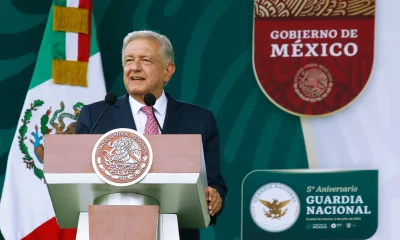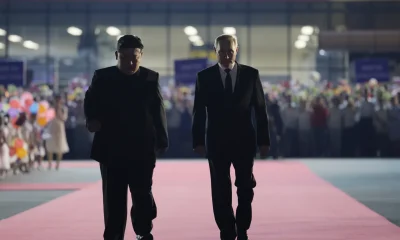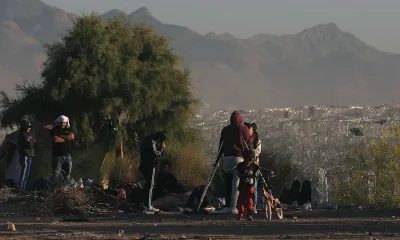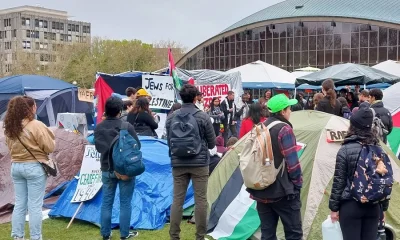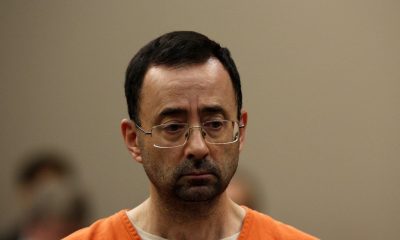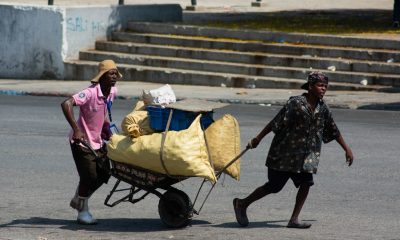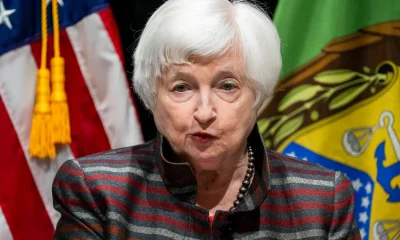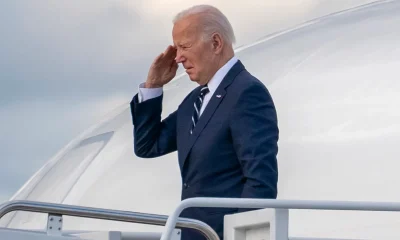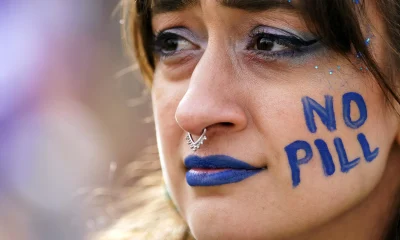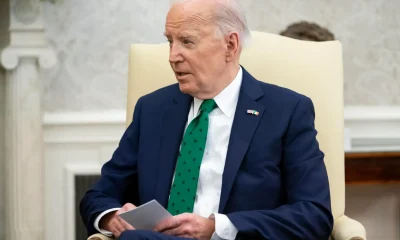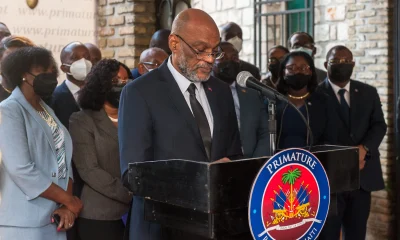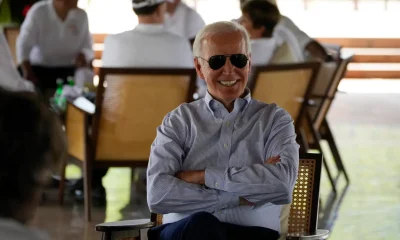International
The U.S. Supreme Court endorses lawsuits against public charges for blocking people on the networks
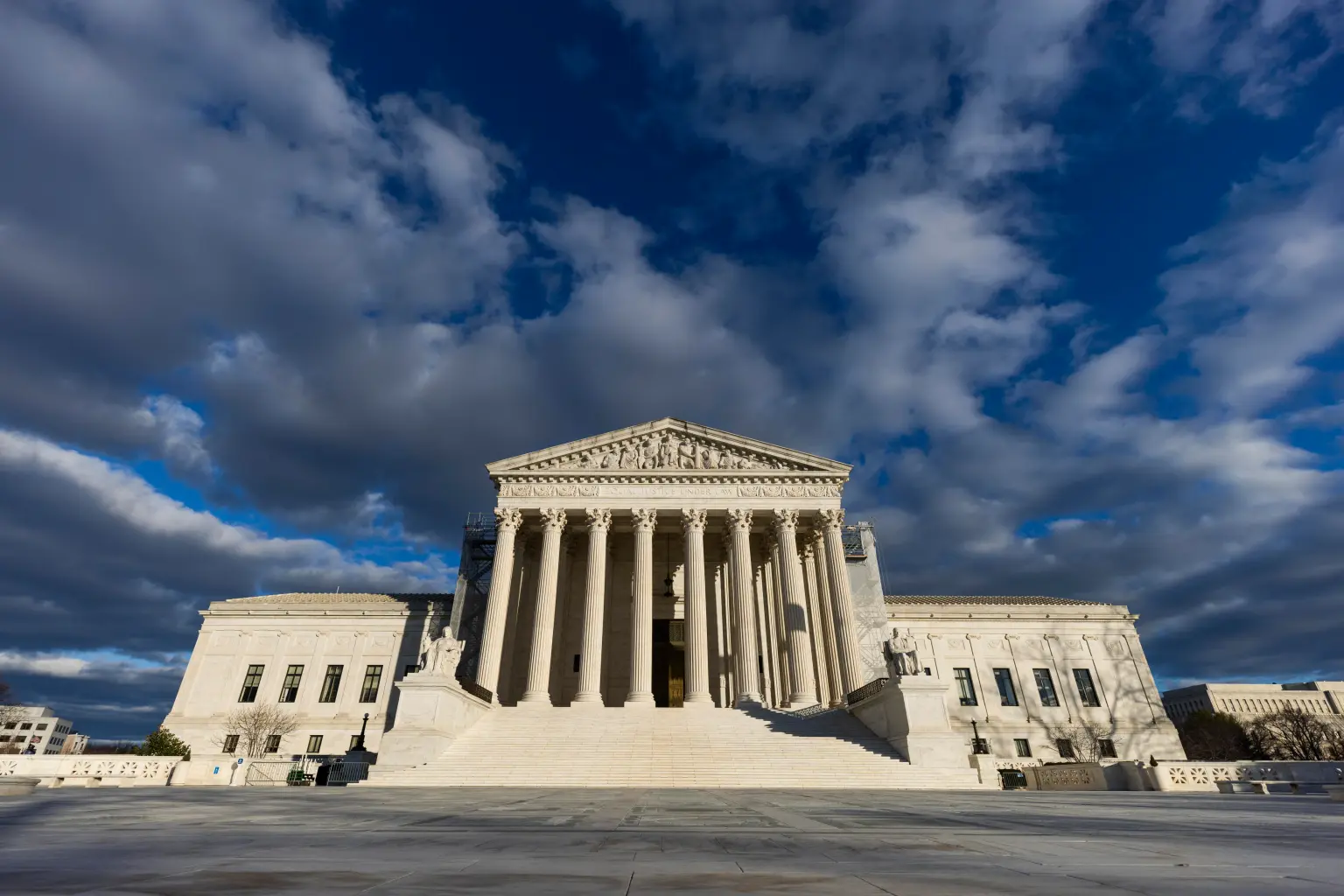
The Supreme Court of the United States stressed that public officials can be sued in certain circumstances for blocking people critical of them on the networks, although in a different case it also authorized those workers to veto certain people.
Judge Amy Coney Barrett stressed in her letter that public officials who use their personal accounts to issue official statements may not be free to delete comments about those messages or directly block those who criticize them.
“Sometimes the line between private conduct and state action is difficult to draw. (…) When a public office uses social networks, it is definitely necessary to evaluate it closely to categorize it,” the magistrate stressed.
In one of the cases that reached the court, James Freed, manager of the city of Port Huron, in Michigan, used the Facebook page he created when he was at university to communicate with citizens, although he also used it to tell details of his life.
A resident criticized the city’s response to the covid pandemic on that account and Freed blocked him and deleted his comments. In a lower court, the manager had had his decision supported.
“A public official who does not maintain personal messages in a clearly designated place is exposed to greater potential responsibilities,” said the Supreme Court, who assured that it did not coincide with the resolution of the previous court and authorized the case to continue.
For the Supreme Court, the speeches of government officials may be subject to the scrutiny of the First Amendment, which protects freedom of expression, only when they have the authority to speak on behalf of the State and intended to exercise that authority.
A similar case had affected former US President Donald Trump (2017-2021) and current candidate for the presidency for blocking users on X (then Twitter).
A court in New York agreed with him, but by the time the appeal reached the Supreme Court, Trump had already abandoned power and the court dismissed the case in April 2021 considering that it was already something irrelevant.
International
Police investigate deaths of Rob Reiner and wife as apparent homicide
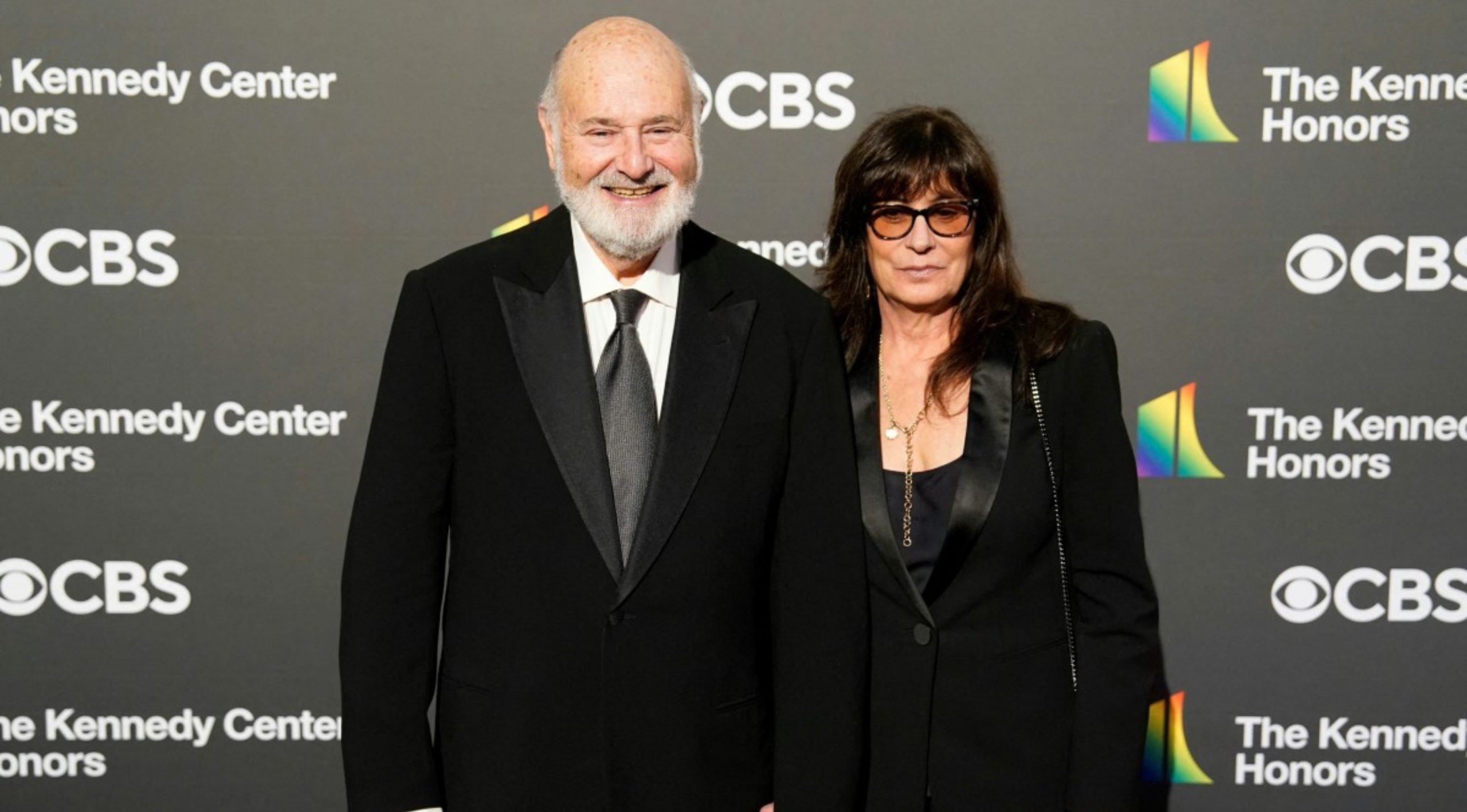
The Los Angeles Police Department (LAPD) is investigating the deaths of Hollywood actor and filmmaker Rob Reinerand his wife as an “apparent homicide,” amid a wave of tributes to the director of classics such as When Harry Met Sally.
According to U.S. media reports on Sunday, Rob Reiner and Michele Singer Reiner were found dead at their Los Angeles mansion with what appeared to be stab wounds.
Several political figures shared messages of condolence following the reported deaths of the director of A Few Good Menand his wife.
While the LAPD did not officially confirm the identities of the victims, it stated that homicide detectives were dispatched to the Reiner residence.
“At this time, no additional details are available and the investigation into an apparent homicide is ongoing,” the Los Angeles Police Department said in a statement posted on social media.
LAPD Deputy Chief Alan Hamilton told reporters that no arrests have been made and that no individuals are currently being questioned as suspects.
“I’m not going to confirm whether anyone is being questioned at this moment or not. We are going to try to speak with as many family members as we can,” Hamilton said.
CNN reported that a family spokesperson confirmed the deaths of Reiner and his wife.
California Governor Gavin Newsom, former U.S. President Barack Obama, and former Vice President Kamala Harrisissued statements expressing their condolences.
International
U.S. and Mexico Reach Deal to Address Water Deficit Under 1944 Treaty
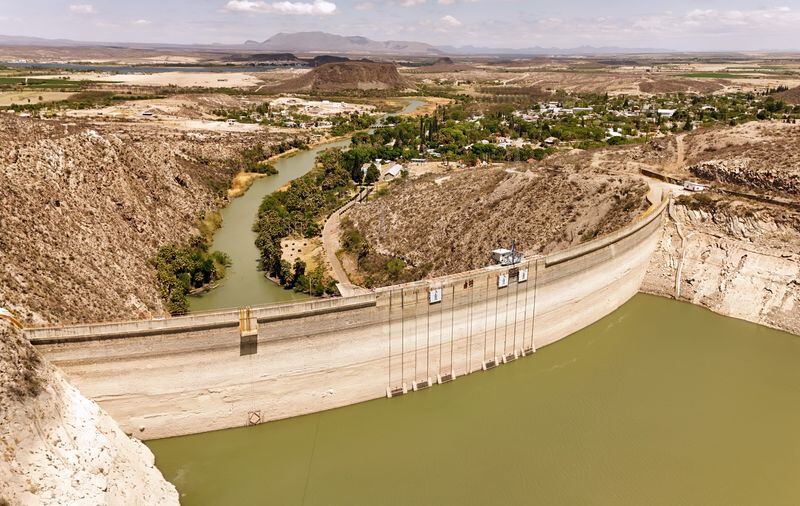
The United States and Mexico have reached an agreement to comply with current water obligations affecting U.S. farmers and ranchers and for Mexico to cover its water deficit to Texas under the 1944 Water Treaty, the U.S. Department of Agriculture said in a statement.
The department уточified that the agreement applies to both the current cycle and the water deficit from the previous cycle.
On Monday, U.S. President Donald Trump accused Mexico of failing to comply with the water-sharing treaty between the two countries, which requires the United States to deliver 1.85 billion cubic meters of water from the Colorado River, while Mexico must supply 432 million cubic meters from the Rio Grande.
Mexico is behind on its commitments. According to Washington, the country has accumulated a deficit of more than one billion cubic meters of water over the past five years.
“This violation is severely harming our beautiful crops and our livestock in Texas,” Trump wrote on Monday.
The Department of Agriculture said on Friday that Mexico had agreed to supply 250 million cubic meters of water starting next week and to work toward closing the shortfall.
Agriculture Secretary Brooke Rollins, quoted in the statement, said Mexico delivered more water in a single year than it had over the previous four years combined.
Trump has said that if Mexico continues to fall short of its obligations, the United States reserves the right to impose 5% tariffs on imported Mexican products.
Mexico’s Deputy Foreign Minister for North America, Roberto Velasco, said that a severe drought in 2022 and 2023prevented the country from meeting its commitments.
International
Several people shot in attack on Brown University campus
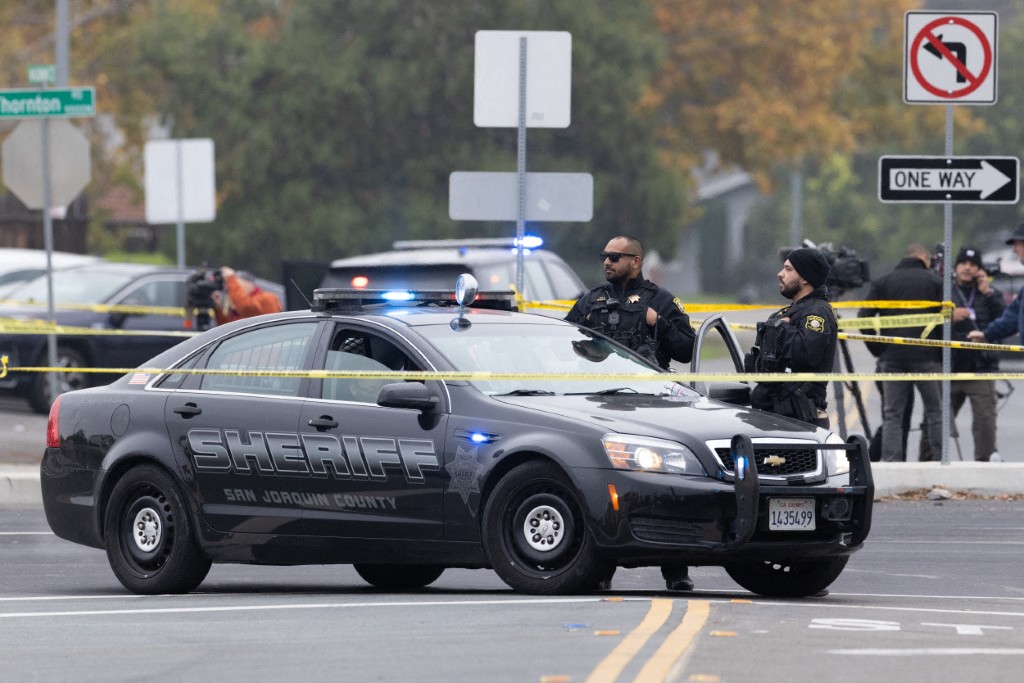
Several people were shot on Saturday in an attack on the campus of Brown University, in the northeastern United States, local police reported.
“Shelter in place and avoid the area until further notice,” the Providence Police Department urged in a post on X. Brown University is located in Providence, the capital of the state of Rhode Island.
U.S. President Donald Trump said on his social media platform Truth Social that he had been briefed on the situation and that the FBI was on the scene.
At 5:52 p.m. local time (11:52 p.m. GMT), Brown University said the situation was still “ongoing” and instructed students to remain sheltered until further notice.
After initially stating that the suspect had been taken into custody, Trump later posted a second message clarifying that local police had walked back that information. “The suspect has NOT been apprehended,” the U.S. president said.
-
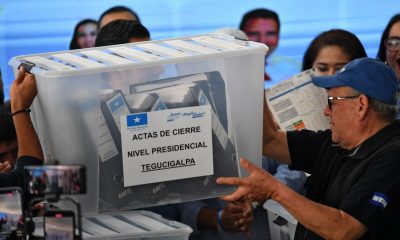
 Central America5 days ago
Central America5 days agoHonduras election crisis deepens as CNE president denounces intimidation attempts
-

 International5 days ago
International5 days agoCuba battles out-of-control dengue and chikungunya epidemic as death toll rises to 44
-
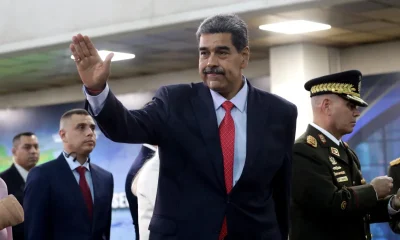
 International5 days ago
International5 days agoColombia says it would not reject Maduro asylum request as regional tensions escalate
-
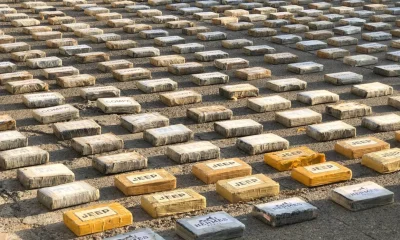
 Central America2 days ago
Central America2 days agoPanama seizes over three tons of drugs hidden in Caribbean port container
-

 International1 day ago
International1 day agoPolice investigate deaths of Rob Reiner and wife as apparent homicide
-

 International3 days ago
International3 days agoSeveral people shot in attack on Brown University campus
-

 Central America1 day ago
Central America1 day agoOAS urges swift recount in Honduras as election results remain uncertain
-
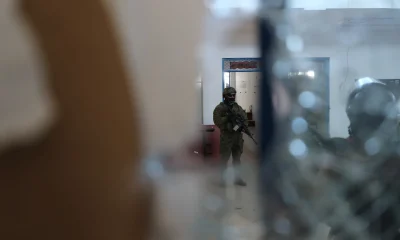
 International5 days ago
International5 days agoEcuador on track for record violence as homicides hit highest level in Latin America again
-
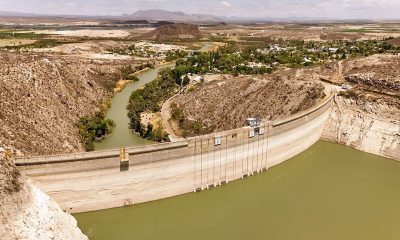
 International3 days ago
International3 days agoU.S. and Mexico Reach Deal to Address Water Deficit Under 1944 Treaty
-

 Central America7 hours ago
Central America7 hours agoEl Salvador ranks among top countries in the Americas in fight against organized crime
-
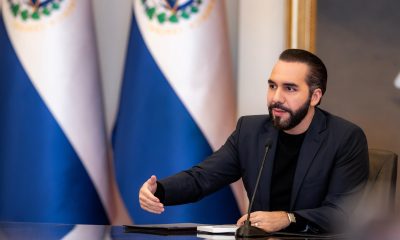
 Central America7 hours ago
Central America7 hours agoBukele says AI partnership with xAI will transform public education in El Salvador

























